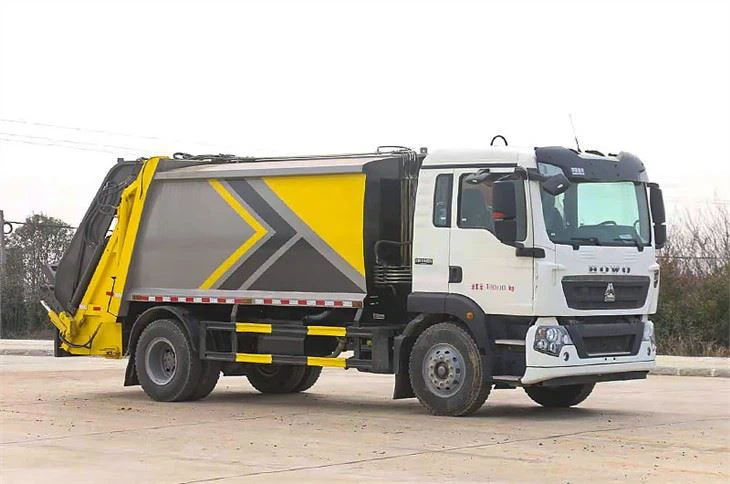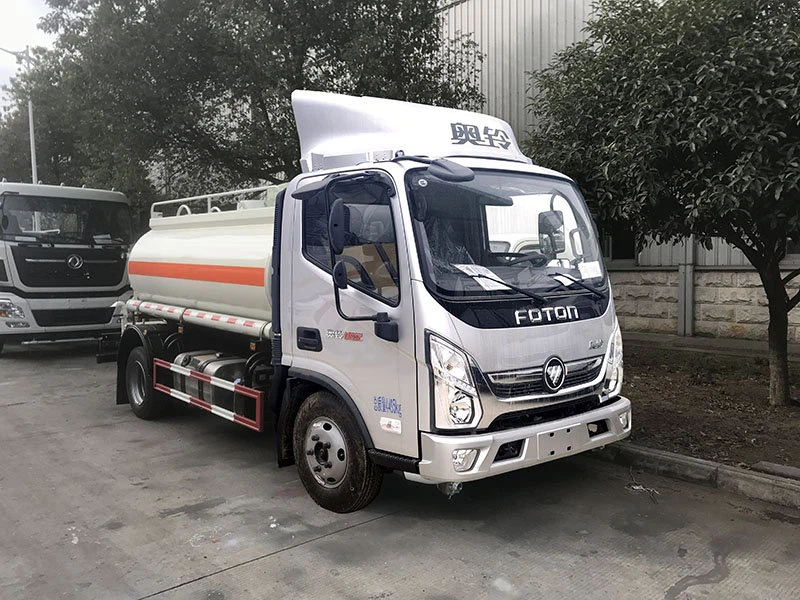Understanding Slideloader Technology: Enhancing Your Computer Experience

The world of computing is ever-evolving, and as users demand faster and more efficient ways to manage their data, technologies like slideloader are becoming increasingly relevant. In this comprehensive article, we will explore what slideloader is, its functionalities, and how it can improve your computer experience. This guide will also provide practical examples, tips for implementation, and answers to commonly asked questions regarding slideloader technology.
What is a Slideloader?
A slideloader is a specialized software tool designed to enhance data loading and retrieval processes on computers. It streamlines file management tasks, optimizes performance, and increases efficiency by allowing users to quickly load multiple files or datasets. Essentially, a slideloader allows for improved data handling capabilities, making it a vital tool for businesses and individual users alike.
Key Features of Slideloader
- Batch Loading: Load multiple files at once, saving time and reducing manual input.
- Data Compression: Optimize file sizes for quicker transfers without losing quality.
- User-Friendly Interface: Intuitive design allows users of all skill levels to navigate easily.
- Cross-Platform Support: Compatible with various operating systems, making it versatile for different users.
How Slideloader Works
The functionality of slideloader is centered around its algorithms that allow files to be accessed and managed more efficiently. It works by organizing data in a way that minimizes the time it takes to load and retrieve files. The underlying mechanisms include:
File Indexing
Slideloader employs advanced indexing techniques to catalog files systematically. This allows for instantaneous access and retrieval, significantly improving loading times when compared to traditional methods.
Data Load Optimization
Using advanced algorithms, slideloader determines the best method for loading data based on file size, type, and user preference. This bespoke loading mechanism results in faster and smoother file access.
Integration with Existing Systems
Slideloader can easily integrate with current operating systems and applications, which enhances its functionality without requiring significant changes to the user’s current setup.

Applications of Slideloader Technology
Slideloader technology has a variety of practical applications across different domains. Here are some key areas where its benefits are particularly notable:
1. Business Data Management
Businesses often deal with vast amounts of data that require efficient handling. Slideloader enables bulk loading of reports, invoices, and client data, streamlining workflows and improving productivity.
2. Multimedia Editing
For video editors and graphic designers, loading large files can be time-consuming. Slideloader helps in rapidly loading high-resolution images and videos, allowing creators to focus on their work rather than waiting for files to load.
3. Gaming
In the gaming industry, slideloader can optimize game file loading, enhancing overall user experience. Faster loading times contribute to more seamless gameplay and less frustration for gamers.
Setting Up a Slideloader
Implementing slideloader technology on your computer is a straightforward process. Here’s how you can get started:
Step 1: Choose the Right Slideloader Software
Research different slideloader options available in the market. Look for software that fits your needs, whether for personal use, small business applications, or larger enterprise solutions.
Step 2: Installation
Follow the installation instructions provided by the software vendor. Typical installation includes downloading the executable file and following the on-screen prompts to complete the setup.
Step 3: Configuration
Once installed, configure the settings based on your specific requirements. This may include setting file paths, enabling compression settings, and selecting preferred loading methods.
Step 4: Testing
Conduct a series of tests using various file types and sizes to analyze performance. This will help you understand how well the slideloader enhances your workflow.
Best Practices for Efficient Use of Slideloader
1. Regular Updates
Keep your slideloader software updated to benefit from new features and enhancements that improve performance.

2. File Organization
Maintain an organized file structure on your computer. Group related files into folders, which can help slideloader access data more effectively.
3. Optimize System Resources

Ensure your computer has adequate system resources (RAM, storage) to minimize any bottlenecks during data loading processes.
Comparing Slideloader with Traditional Loading Methods
| Feature | Slideloader | Traditional Loading |
|---|---|---|
| Load Speed | Fast and optimized | Slower and sometimes inefficient |
| File Types Supported | Multiple formats | Limited formats |
| User Experience | Highly intuitive | Standard and often confusing |
| File Management | Batch processing available | Manual processes required |
Potential Challenges and Solutions
Like any technology, using slideloader may come with a few challenges. Understanding these potential pitfalls can help users navigate them effectively.
1. Compatibility Issues
Sometimes, slideloader applications may have compatibility issues with certain operating systems or software. Before installation, check the compatibility requirements and look for offering that matches your systems.
2. Performance Overhead
While slideloader improves loading times, it may consume more system resources like memory. To mitigate this, ensure you have enough RAM and a powerful processor.
3. Learning Curve
Users may initially find slideloader software complex. Take essential training or consult tutorial resources to quickly understand functionalities.
FAQ Section
1. What types of files can I load using slideloader?
Slideloader supports a wide range of file types, including documents, images, video files, and large datasets. Always check specific software documentation for approved formats.
2. Do I need a powerful computer to use slideloader?
While slideloader is designed to be efficient, having a computer with sufficient resources—like adequate RAM and processing power—will enhance its performance.
3. Can slideloader improve my computer’s overall performance?
Yes, by optimizing file loading and management, slideloader can significantly streamline your workflows, leading to faster task completion and better overall system performance.
4. Is slideloader suitable for beginners?
Absolutely! Slideloader software often comes with user-friendly interfaces designed for users of all skill levels. Many provide tutorials and support documentation to assist beginners.
5. How do I know if slideloader is right for my needs?
Assess your data management tasks to determine if they are cumbersome or time-consuming. If so, slideloader can likely improve your efficiency.
6. Where can I find slideloader software?
You can find slideloader software from various vendors online. Be sure to download from reputable sources to ensure safety and software integrity.
